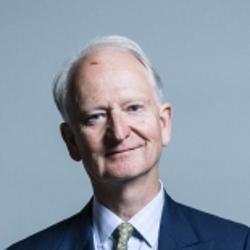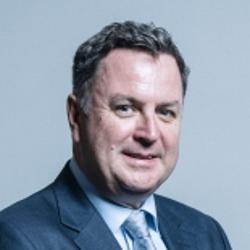Health Professions: Tax Avoidance
(asked on 5th December 2018) - View SourceQuestion to the HM Treasury:
To ask the Chancellor of the Exchequer, what estimate he has made of the number of (a) doctors and (b) nurses that will be subject to the 2019 Loan Charge.
Disguised Remuneration schemes are contrived arrangements that pay loans in place of ordinary remuneration with the sole purpose of avoiding income tax and National Insurance contributions. When taking into account the loan they received, loan scheme users have on average twice as much income as the average UK taxpayer.
HMRC data indicates that fewer than 3% of those affected work in medical services (doctors and nurses) and teaching. Further information can be found in HMRC’s issue briefing: https://www.gov.uk/government/publications/hmrc-issue-briefing-disguised-remuneration-charge-on-loans/hmrc-issue-briefing-disguised-remuneration-charge-on-loans.
HMRC is working hard to help individuals to get out of tax avoidance for good. HMRC does not want to make anybody bankrupt and very few cases ever reach that stage.
HMRC has simplified the process for those who choose to settle their use of avoidance schemes before the charge arises, so that those earning less than £50,000 a year and no longer engaging in tax avoidance can agree a payment plan of up to five years without the need for detailed supporting information. There is no maximum period within which an overall settlement can be agreed, and HMRC will deal with individual cases appropriately and sympathetically.
Since the announcement of the 2019 loan charge at Budget 2016, HMRC has agreed settlements on disguised remuneration schemes with employers and individuals of over 650 million pounds. More than 90% of this amount was collected from employers, with less than 10% from individuals.

